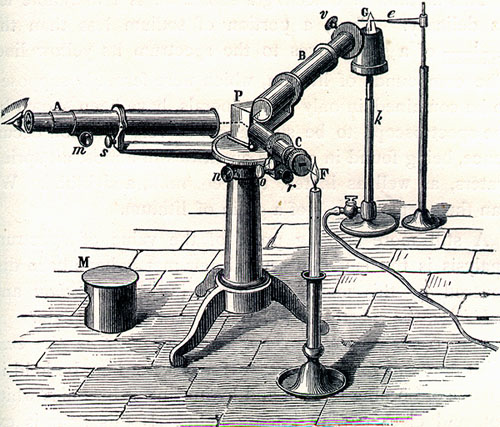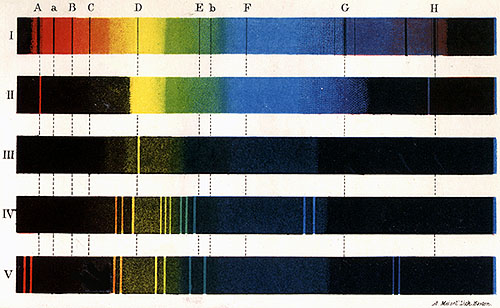Cecilia Payne-Gasposchkin
Today, we ask what the sun's made of. The University of Houston's College of Engineering presents this series about the machines that make our civilization run, and the people whose ingenuity created them.
Ray Bradbury's lyrical short story, "The Golden Apples of the Sun" imagines a research spacecraft, passing through the fringe of the sun -- close enough to scoop up a sample of its substance. He takes his title from a stanza by Yeats,
I will find out where she has gone
And kiss her lips and take her hands;
And walk among the dappled grass,
And pluck till time and times are done
The silver apples of the moon,
The golden apples of the sun.
What indeed would be the composition of those golden apples; what is the sun made of? That question soon formed in the mind of young Cecilia Payne, after she'd gone to Cambridge University in 1919. Payne was brilliant, and she had to both smart and tough in that male bastion. Earnest Rutherford bullied her and role-modeled rudeness among his male students. But Payne had aces up her sleeve. She was powerfully curiosity-driven and self-assured.
Although the quiet Quaker astrophysicist Arthur Eddington encouraged her, graduate study was then out of the question for a woman at Cambridge. So she went to America, to Harvard, to study with Harlow Shapely who was studying the sun's composition.
Historians David Bodanis and Owen Gingerich both tell her story -- how the common wisdom then said that the sun, like any other star, was largely iron. That was what spectroscope lines appeared to be telling them. But reading the spectroscope lines was a lot like trying to read words without spaces. The word notable, for example, might in reality be no table, or not able. Others were reading what they expected to read in spectrographs.
Cecilia Payne realized that spectrography revealed a sun made of largely of hydrogen with some helium, not iron. It would eventually become clear that the sun, owing to its immense mass was a great fusion reactor constantly generating energy. It was not at all molten iron, cooling down.
In 1925, she finished one of the great doctoral theses ever written. The Chairman of Physics wouldn't approve her thesis for a physics PhD, but he agreed to sign it for another department. In a strange academic arabesque, they called it an astronomy PhD, thus creating a de facto Harvard astronomy department.
Payne then worked in astronomy at Harvard without a position for eleven years, then finally gave her the title astronomer. She became Harvard's first female tenured professor in 1956 and later, the first woman department chair. Three years before she was tenured, Bradbury published his short story. Of course we then knew what the sun was made of.
We knew that it was far stranger than a cooling iron lump. And the reason we knew was because Cecilia Payne's unwavering patience and curiosity had been able to
... pluck till time and times are done, ...
The golden apples of the sun.
I'm John Lienhard, at the University of Houston, where we're interested in the way inventive minds work.
Cecilia Payne married Russian astronomer Sergei I. Gaposchkin in 1935 and was known at Harvard as Mrs. G. thereafter.
D. Bodanis, E=mc2: A Biography of the World's Most Famous Equation.(New York: Walker and Co., 2000): Chapter 14.
Payne-Gaposchkin biography: Wikipedia article on Cecilia Payne.
My thanks to listener David Bergt for suggesting Cecilia Payne as a subject.
Below: period images of a spectroscope and the image produced by it, from W. J. Rolfe and J. A. Gillet, A Handbook of Natural Philosophy. (Boston: Woolworth, Ainsworth, & Co., 1868).

